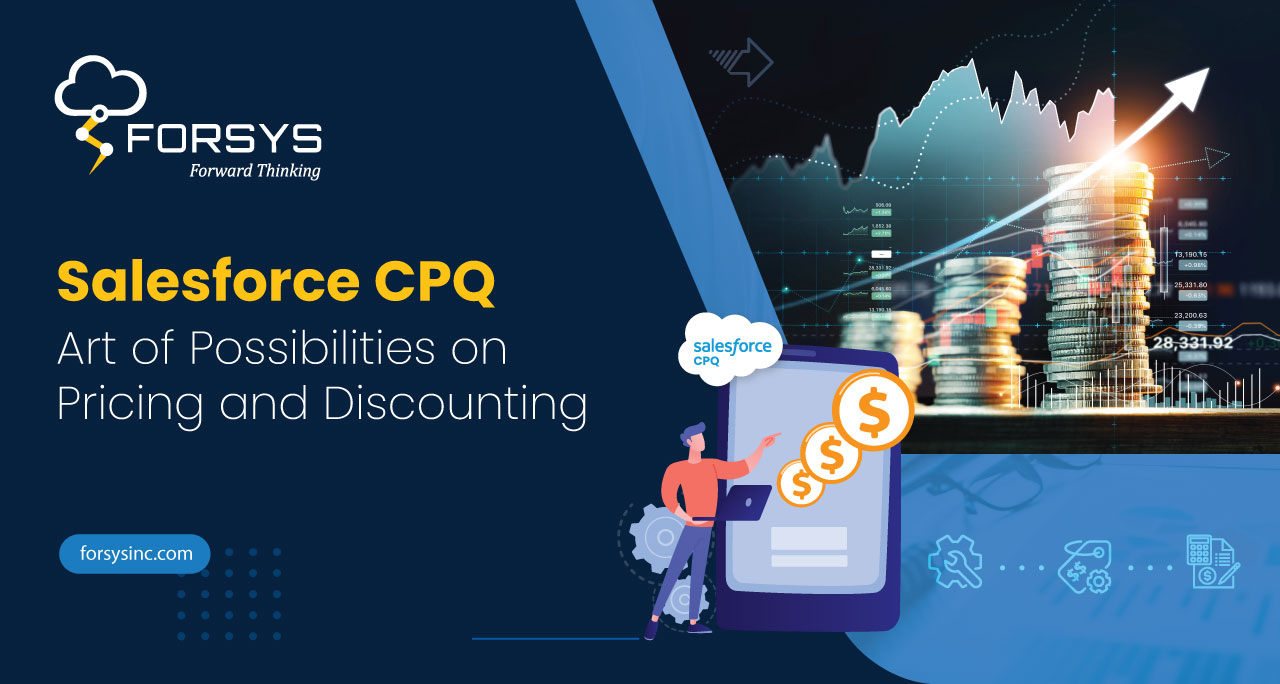
Pricing proposition is an integral element of any business strategy because it directly impacts the profit and loss of an organization. Considering the current competitive business landscape, skillfully mastering the art of pricing and discounting is essential since it can make or break an organization. Pricing isn’t about sticking a number on the product; it’s rather a strategic tool that drives sales, boosts customer loyalty, and bolsters profitability.
This becomes all the more relevant when 95% of new products flop, and 85% fail to stand out, dragging down revenue, market position, and brand loyalty. This highlights the importance of precise pricing.
Say, for instance, your sales team is negotiating a special price for a customer and needs to apply similar adjustments for future deals. Without the right tools in place, keeping track of these exceptions becomes difficult and cumbersome. Ensuring accurate pricing across the board is essential for maintaining competitiveness and capitalizing on every opportunity.
End the Deadlock with Forsys’ Salesforce CPQ Solutions
Salesforce CPQ, powered by Forsys, a premier and top-tier Salesforce partner, allows sales reps to customize product pricing with various discounts or markups, applicable across the complete quotes or individual products and groups. On a single quote line, the application of discretionary, partner, schedule-based, and custom discounts is possible. It includes eight price fields—Contracted Price, Customer Unit Price, List Unit Price, Net Unit Price, Original Price, Partner Unit Price, Regular Unit Price, and Special Price—each calculated in order to track post-discount values and enable precise pricing changes.
Hence, it is imperative to review the pricing method for tracking calculations, identifying pre-discount prices, and controlling custom calculations via price rules.
The native pricing methods that Salesforce CPQ supports for the SKUs include:

List Price
Additionally, it permits discount addition and overrides the list price at the product option level within a bundle so that a bundled product can be sold at a customized price.

Cost Price
Here, discounts can’t be applied and a cost price can be created from the Costs Related List on the product record where the users apply the markup on the quote line editor either in amount or % format.

Block Price

Percent of Total/Dynamic (PoT) Price
To set a product as PoT, it is important to populate the following fields: Subscription Pricing, Pricing Method, Percent Of Total, Percent Of Total Base, Percent Of Total Category, Percent Of Total Constraint, Include/Exclude From Percent Of Total.

Batch Price

Contracted Pricing

Multidimensional Term Pricing

Cross-Order Pricing
How Businesses are Thriving with Salesforce CPQ’s Pricing Automation
A fast-expanding cloud-based SaaS technology company relied on Salesforce to manage opportunities and Google Drive to store product configurations, pricing details, and share data related to active opportunities, affecting the sales cycle. Manually created quotes frequently needed revisions and were not tracked in real time. The fragmented Quote-to-Cash process, along with disparate tools and data sources, proved challenging.
The client utilized Forsys’ expertise in end-to-end Salesforce CPQ solutions to develop a custom solution, allowing quicker quote creation, pricing adjustments, discounts, and bundles, thereby streamlining their sales and finance processes.
Key Impact:
Automated 90% of business processes
Accelerated quote generation by ~33%
Reduced errors by ~38%
Increased sales velocity by 80%
Decreased deal cycle time by ~40%
Boosted sales productivity by nearly 25%
Halved manual tasks
Explore their full transformation journey here.
Conclusion
Whether you are setting up term-based or volume-based discounts, or simply applying particular discount schedules directly to the product’s cost, Salesforce CPQ covers all the pricing angles. With the integration of different pricing models in context with product and price rules, it supports a wide range of pricing functionality and scenarios.
Connect with us to gain an in-depth understanding of how Forsys is enabling businesses of all sizes across industries to maximize profitability and customer satisfaction with innovative pricing solutions driven by Salesforce CPQ.

